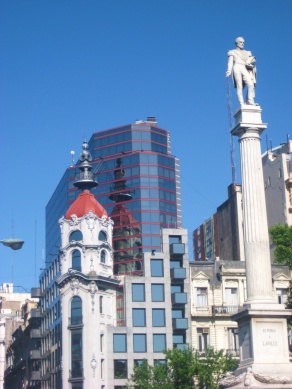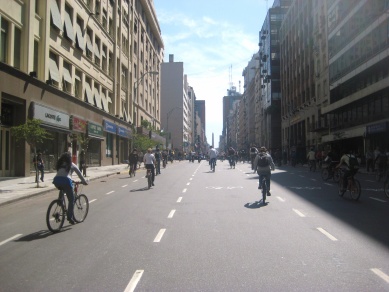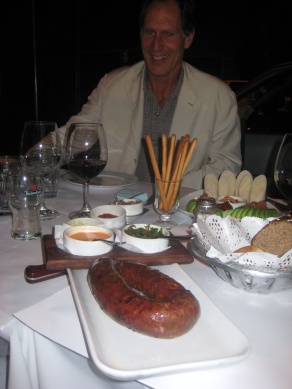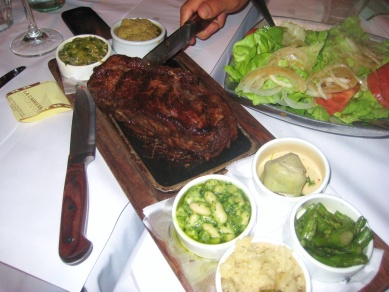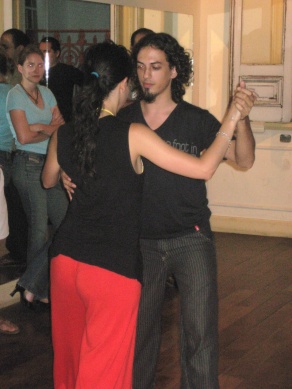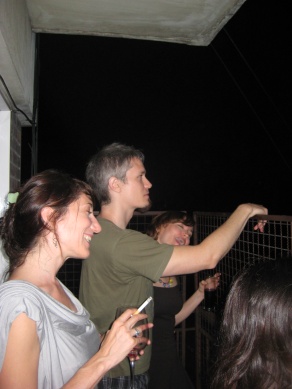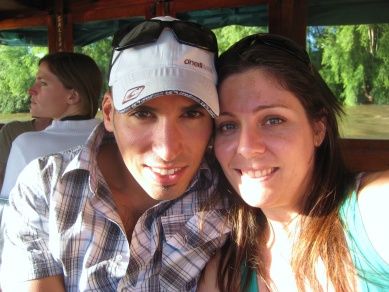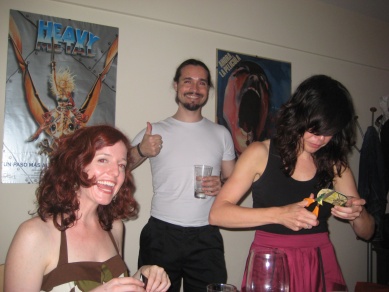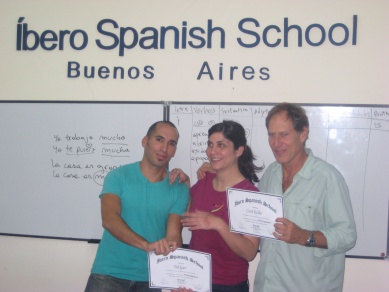Viva la Buenos Aires
Traveling in South America has always been at the top of my list, not only for its extraordinary nature, but also because of its many colorful cultures. It’s a trip that many young Israelis do, almost religiously after serving in the army. It’s a trip that I hadn’t done in my twenties, due to my long-term flirtation with the Australian continent, but one that I wasn’t going to miss.
I didn’t know much about Argentina before I chose it to be my gateway to South America, but I did know one thing – two, actually: 1. It’s a Spanish-speaking country. 2. It was summer in Buenos Aires.
So, my flight got booked and a plan was quickly formed: spending a month in the Argentinean capital, primarily to learn Spanish. At first, I was thinking of sharing an apartment with Spanish-speaking people, a situation which could definitely help my non-existent Spanish, but then I thought Buenos Aires might be a good place to live on my own for a bit, especially after so many months of moving around.
Paris of South America?
During my search for accommodations, I found many resources nicknaming Buenos as the “Paris of South America.” In reality, B.A. looks like a huge concrete jungle with a bit of European personality, a mixture of Bangkok and Paris, I would say.
Quite a lot of buildings are – how to say it nicely – unimaginatively designed. It felt like some people just wanted to make a quick profit by tearing down the old European-style houses and neighborhoods and, instead, building tall condo-apartments as quickly as possible. The “Parisian” architecture, however, still resonates into the present day in some affluent pockets of the city.
The analogy to Paris is a very accurate fit in the similar lifestyle both cities share. Restaurants and coffeeshops are crowded with people till the very late hours of the night, and it’s quite common to see people dress smartly for dinner and other nightly occasions. Similarly to Europe, nothing really starts until late. Restaurants get filled only around 10-11pm and nightclubs begin to function only at 2-3am.
Adapting
As for Argentinean nightlife, I had no real difficulties adapting, especially after spending a summer in Europe and Israel.
The best part for me was the Buenos Aires dinner scene. The restaurant selection is so wide and inexpensive that it’s hard not to have a dining-out experience almost every night. Argentinean meat is so tasty that even a few travelers I’ve met took a break from their vegetarian regimes.
I remember asking my beautiful Argentinean friend, Evelyn, if she ever dated a vegetarian guy, and her answer was definite and quick: “There is not such a thing in Argentina!”

This lifestyle setting meant that social circles were quite easily formed. I rented myself a comfortable studio apartment in the trendy suburb of Palermo, and within a week, I met some of the best people on my trip.
A few culture shock moments still waited for me. Here is a quick list:
– The challenge of finding pepper in supermarkets.
– The challenge of walking on a flat, even, safe pavement.
– The challenge of finding a seat in a morning/noon/evening subway.
– The challenge of kissing a guy goodbye…
Learning Spanish
Perhaps the biggest challenge was to understand Argentinean Spanish. The locals speak it like they drive their cars: Very Fast.
Armed with a vocabulary of only a few words in Español, my only chance was to spend a big chunk of my time learning the language, so I registered for an intense 3-week course.
The course was great, especially the social side of it, but it was too slow for my taste, so I added a few hours a week of private lessons.
I can honestly say that my trip in Argentina wouldn’t have been the same without those few first weeks. I might not speak Spanish very well now, but I can understand many conversations, which is a big part of experiencing the South American culture.
A few weeks later, I felt its time to leave the big city for some fresh mountain air, and I decided to head south to the amazing Patagonia.
Live your dreams!
Tal
Chief Editor
 Tal Gur is an author, founder, and impact-driven entrepreneur at heart. After trading his daily grind for a life of his own daring design, he spent a decade pursuing 100 major life goals around the globe. His journey and most recent book, The Art of Fully Living, has led him to found Elevate Society.
Tal Gur is an author, founder, and impact-driven entrepreneur at heart. After trading his daily grind for a life of his own daring design, he spent a decade pursuing 100 major life goals around the globe. His journey and most recent book, The Art of Fully Living, has led him to found Elevate Society.



